7 Products and Hair Care Tips for High Porosity Hair


Hair porosity is defined as the ability of the hair to absorb and retain moisture. High-porosity has raised cuticles that allow moisture to enter easily but can't keep the moisture escapes easily. High porosity hair leads to dry, frizzy, and brittle strands if not taken care of. There are multiple products and hair care tips you can use to improve the health of a high porosity hair. In this article, we will delve into products and hair care tips that you can use to take care of your high-porosity hair.
The porosity of hair is its ability to absorb and retain moisture. It is mainly determined by the condition of the outermost layer of the hair shaft, called the cuticle. The cuticles have different degrees of openness or compactness, which affects the level of penetration of moisture and nutrients into the hair strand.
There are three main types of hair porosity. Factors that contribute to this difference include genetics, chemical treatments like coloring, and also heat styling tools, which are commonly seen to be damaging the hair at times to the level of critical thresholds where irreversible changes occur in the fibers themselves. The types of hair porosity are:
Low Porosity Hair: is a type of hair porosity where the hair has a compact cuticle layer making penetration by moisture difficult. Therefore, products used on the hair are usually accumulated on the surface rather than being absorbed. This leads to the buildup and dryness of the hair.
Medium-porosity hair is a hair porosity type in which the hair absorbs and retains moisture well but loses moisture at a moderate rate. Compared to high-porosity hair, medium-porosity hair is less prone to damage from over processing or heat styling.
High Porosity Hair: The high porosity type of hair has gaps and openings in the cuticle layer, hence allowing moisture to enter easily, but at the same time, moisture escapes the hair as quickly. This type of hair is more prone to dryness, frizz, and breakage unless it is well taken care of
Each hair type has its own characteristics and care type, based on how easily it absorbs and loses moisture within the strands themselves. This is primarily based on its unique structure, such as diameter thickness levels (fine/thin vs. coarse/thick) and density patterns, among others—all of which influence overall health status at any given point.
Identifying and understanding your hair type is crucial to know how to take care of your hair. Here are three common methods to determine your hair porosity:
The float test is one way you can use to determine the porosity of your hair. To use this test you will first need to fill a glass with room-temperature water and insert a clean strand of shed hair on the surface. You will then need to see if the strand floats and sinks slowly or immediately. If the strand stays on the top and takes time to sink, you have low-porosity hair, and if it sinks immediately, you are more likely to have high-porosity hair.
The slip-and-slide test involves taking a small section of dry hair strands between two fingers from two different areas of your head and sliding them together from ends towards the scalp without applying excessive force or pressure. Medium-porosity hair is the one where the strands feel smooth as they move down with minimal resistance along their surface while sliding past each other smoothly.
Another way to determine your hair porosity type is the strand observation method, which involves examining your freshly washed, conditioned, air-dried single stands and comparing differences in characteristics among various sections of heads, including crown nape ear front, highlights, high points, contrast, relatively uniform even distribution patterns denote regularity consistency known moderate.
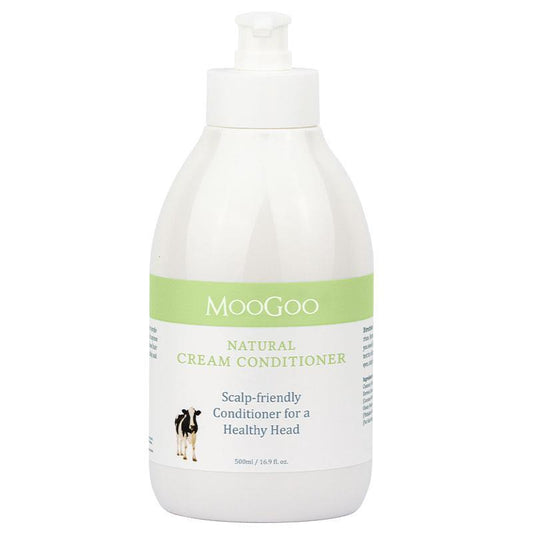
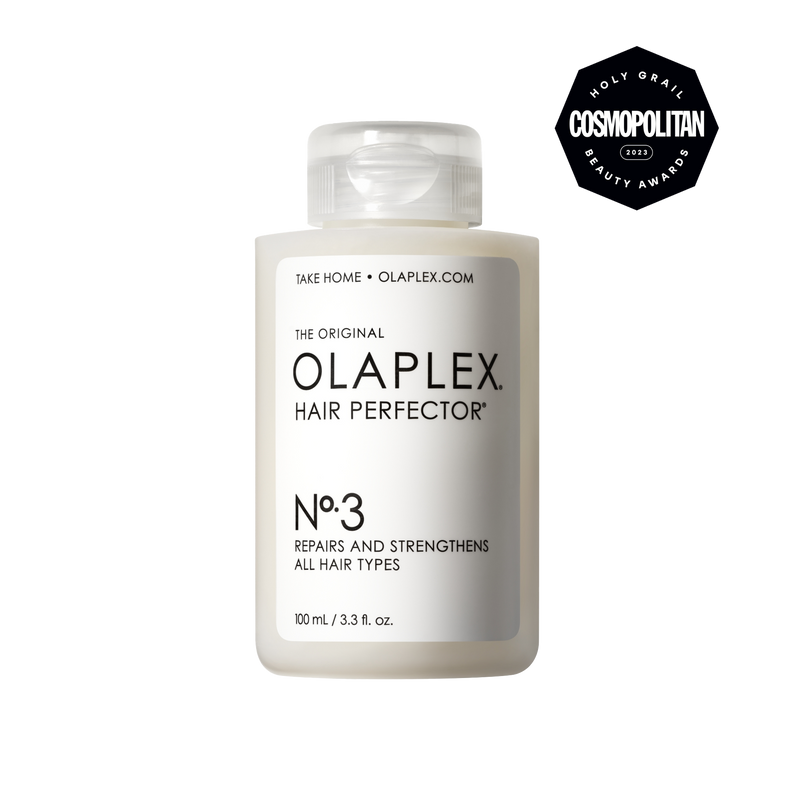
Protein-rich conditioners like Olaplex Nº.3 HAIR PERFECTOR and MooGoo Natural Cream Conditioner both have a customer rating of 4.7/5. They are at the price of £23.74 and £10.85, respectively, to help repair and strengthen the hair shaft, which is essential for high-porosity hair prone to breakage. These products contain ingredients like hydrolyzed keratin or wheat protein that penetrate the strands, filling in gaps and providing structural support.
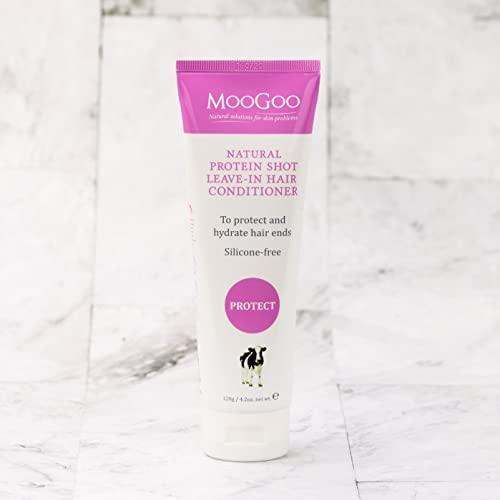
A moisturizing leave-in conditioner, MooGoo Natural Protein Shot Leave-in Conditioner(has a customer rate of 4.5 and costs £9.85), helps to provide a protective barrier on high-porosity hair, sealing in moisture and preventing excessive evaporation. Look for water-based leave-in conditioners with ingredients like natural oils (such as argan oil or jojoba oil) and humectants (like glycerin) that attract moisture from the air into your strands.

Deep conditioning treatments, such as L'Oreal Paris Elvive Deep Conditioner, which has a rating of 4.7 and costs £15.03, are crucial for replenishing moisture in high-porosity hair. These treatments often contain rich emollients such as shea butter or avocado oil that nourish the strands deeply while repairing any damage caused by porous spots within the cuticle layer.
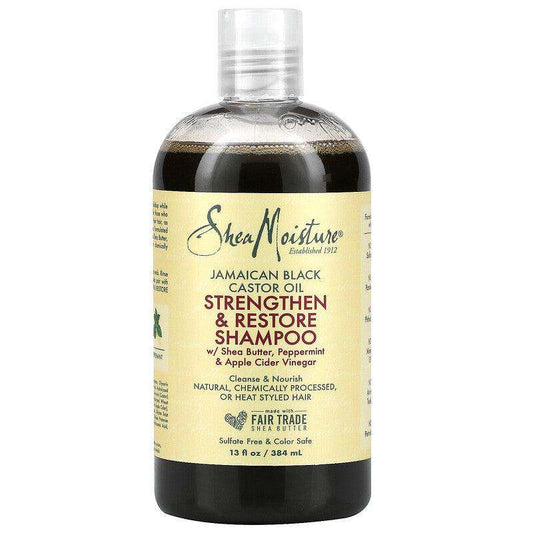
Sulfates can strip away natural oils from already dry, high-porosity hair, making it more vulnerable to frizzing due mainly to a lack of sufficient lubrication protection. Sulfate-free shampoos like Jamaican Black Castor Oil and Strengthen & Restore Shampoo cost 17.19 and rate of 4/5, blanket shield insulation covering the film's outermost surface tip. High-quality sulfate-free shampoos cleanse without causing further drying while maintaining proper hydration levels.
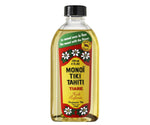
Monoi Oil is derived from soaking Tahitian gardenia flowers in coconut oil, creating an infusion packed with vitamins, antioxidants, and fatty acids; benefits are highly beneficial to those looking to restore manageability and shine. They're specifying targeting issues associated with greatly improved overall health, appearance, texture, and softness, thinks main points about monoi.

Flaxseed has a scientifically proven importance for healthy hair due to its content of multiple nutrients like omega 3 and vitamin E. Flaxseed gel can easily be made at home by boiling flax seeds. It is a styling product that offers excellent hold-defined curl waves, eliminates frizz, adds much-needed nutrients, and strengthens properties characteristics that make it suitable for enhancing defining shape and reducing puffiness.
This is a process by which you can apply indirect heat to your hair. This will help allow penetrating strand cuticles to effectively hydrate your hair and restore its moisture balance. Hair steam opens shafts, enabling conditioning treatments to work more efficiently.
Understanding your hair porosity is important for effective hair care. Whether you have low, medium, or high porosity hair, it helps determine which products and techniques will work best for maintaining moisture balance and promoting healthy strands. By identifying your hair's porosity level through simple tests and observations, you can tailor your routine to meet its specific needs. This knowledge empowers you to make informed choices that result in hydrated, manageable, and resilient locks.
What products are best for high-porosity hair?
Products that are best for high porosity hair include protein-rich conditioners, moisturizing leave-in conditioners, deep conditioning treatments, sulfate-free shampoos, oils like Monoi Oil or argan oil, flaxseed gel for styling, and hair steaming.
How do you treat high-porosity hair?
To treat high-porosity hair:
What product is recommended for hair porosity?
Moisturizing and hydrating products are generally recommended for all types of hair porosity to improve moisture retention. Protein-rich conditioners can be effective for high porosity hair prone to breakage. It is important to choose products based on individual needs and preferences, considering factors like texture and past treatments.
What improves hair porosity?
Proper hair care practices and the use of suitable products can help improve hair porosity. Moisturizing and hydrating treatments, such as deep conditioning, can assist in restoring moisture to high-porosity hair strands. Avoiding excessive heat styling or chemical processes that may cause damage is essential for maintaining healthy cuticles and improving overall porosity levels. Additionally, incorporating protein-rich products can strengthen the hair shafts, reducing gaps or holes in the cuticle layer commonly associated with high porosity.
Plus get the inside scoop on our latest content and updates in our monthly newsletter.